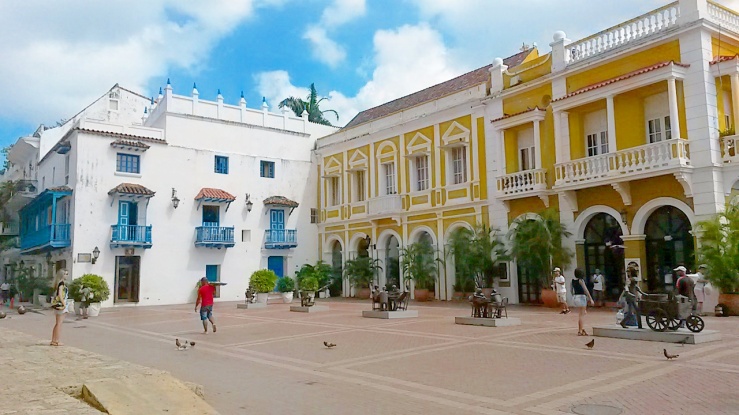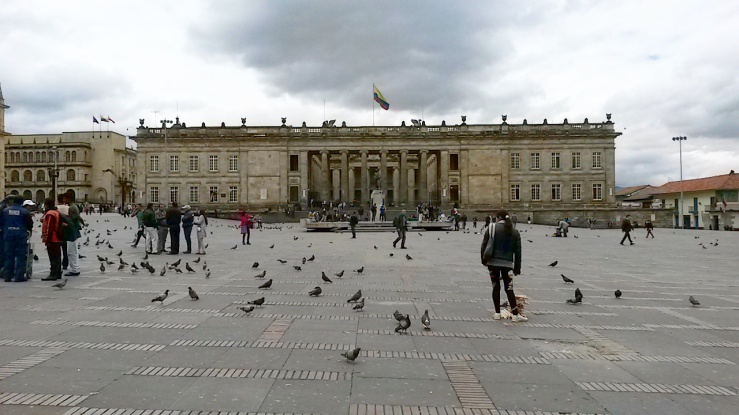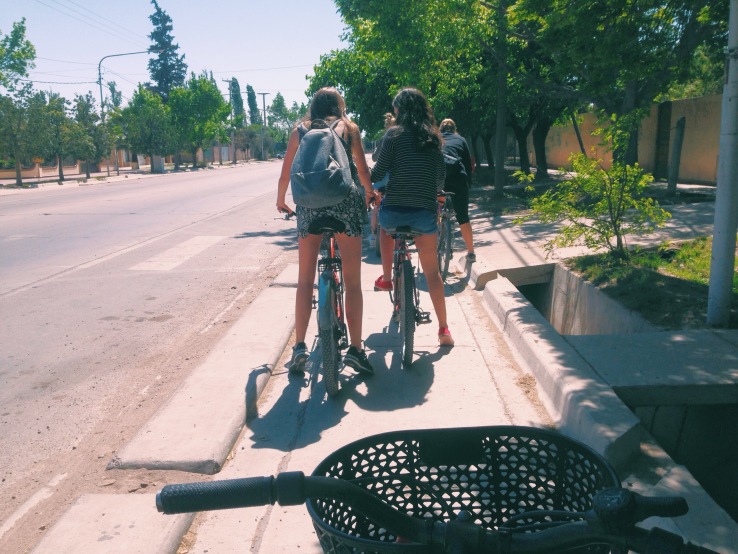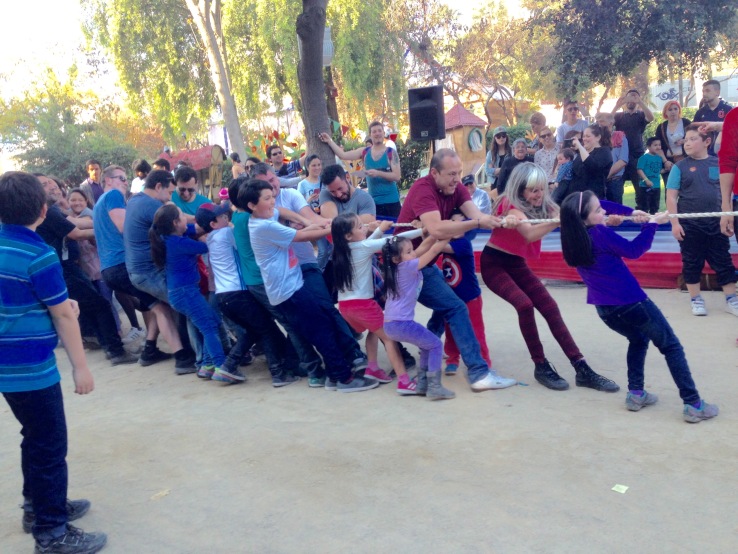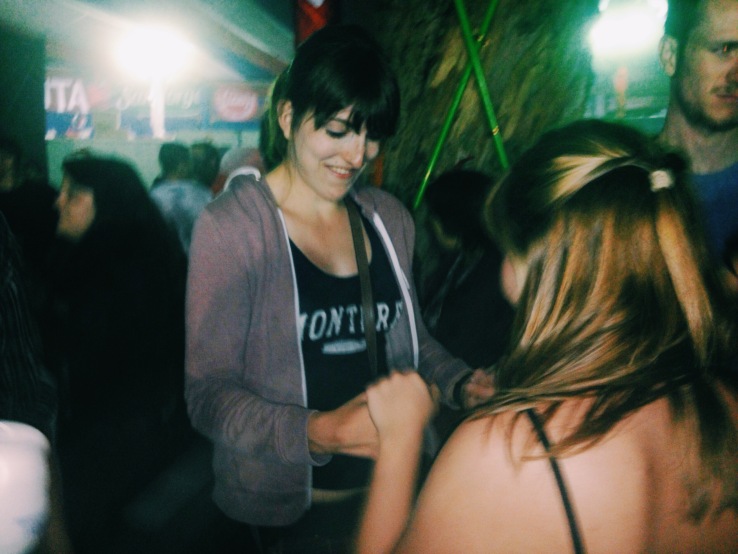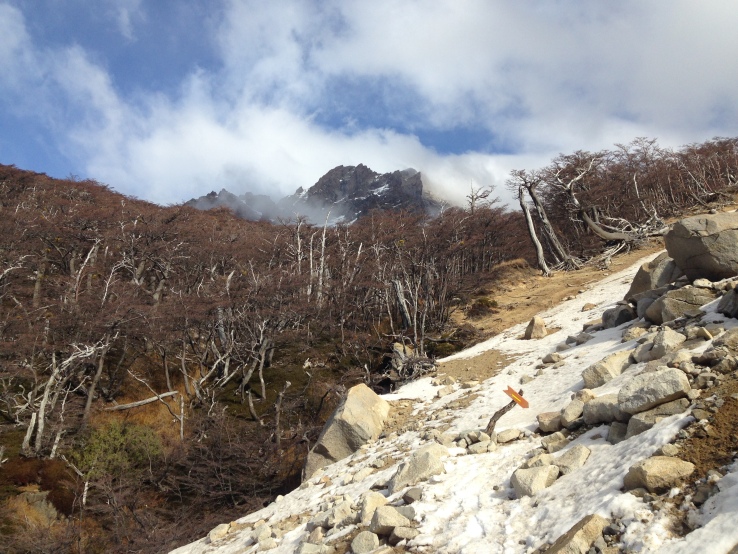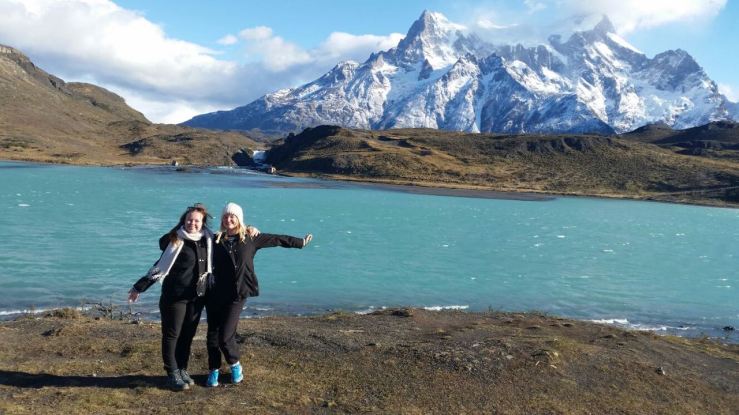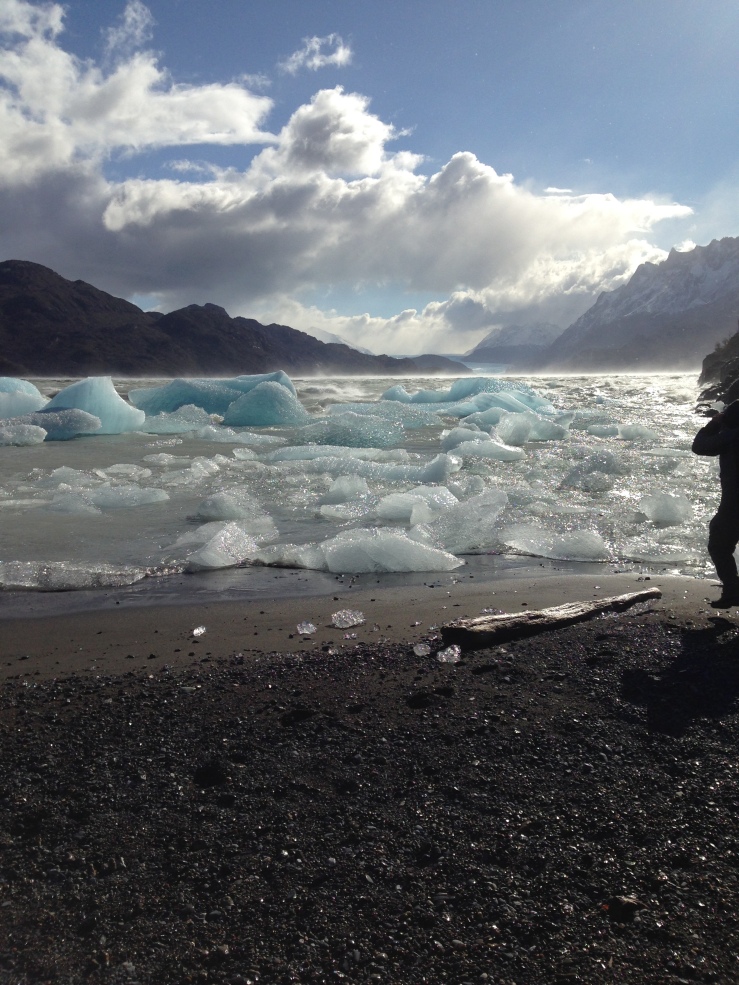I’m in Italy at the moment, visiting my family who are currently living in the suburbs of Milan. This is super exciting because I’ve never been to Milan before, and even more exciting because of all of the possibilities for day trips!
I had no idea how well connected Milan is to so many beautiful places in Italy. I guess it isn’t surprising, since its hard to go more than five minutes in Italy without stumbling across something beautiful.
Mum and I have been looking into all of the possibilities for adventures around here, but the one place I was insistent upon visiting while I’m here is Lake Como. Its always been a place of far off glamour to me; I never intended on being there, it was for George Clooney’s holiday home and Chrissy Teigen’s wedding. But its only about an hour’s drive from here, so all of a sudden it became a possibility.
My biggest discovery upon planning this trip was that Lake Como wasn’t one place, but rather a huge lake surrounded by lots of different towns with different things to see. In hindsight this is kind of obvious, but it certainly made the plan for a single day a lot more difficult. There was no way we could see everywhere in one day, and we didn’t want to be rushed. Lake Como feels like a place of leisure, for strolling along cobbled streets and sipping endless glasses of wine without care.
We decided to drive to Bellagio in the morning, then catch a ferry across the lake to Varenna, and drive home from there. I was intent on spending part of the day truly on the lake rather than observing from the shore, so the discovery that we could take a ferry and keep the car with us really freed up the day.
The drive to Bellagio is a stressful experience. The last twenty minutes of road are along the edge of the lake, against the edge of a cliff. Its an incredible view, as a passenger. As a driver, its a fight for the available space on the road against oncoming traffic and a startling number of cyclists.
Its worth it though. Bellagio is picturesque. The lake is beautiful, and surrounded by towering mountains on every side. It feels like luxury.
We parked on Lungolago Europa, which was perfectly placed to drive onto the ferry later, and walked along the lake with an amazing view of the town. We stopped for coffee at the very first place we could find (the drive was stressful), before heading into the town to wander.
Bellagio is a classic Italian hillside town, with little cobbled alleyways and long stairway paths. It truly is just a place to wander aimlessly. We took turns with the kids choosing the directions, with nothing to lose because it was gorgeous in every direction, and just enjoyed the morning getting lost and popping into boutiques along the way. Its interesting that Bellagio is swarming with tourists, even on a weekday, but it doesn’t feel overly touristy. The stores are all local businesses selling luxury items that I could never afford, but swooned over regardless.

The town isn’t too big, so our exploration meant that we could choose from the restaurants we had seen along the way. The small family restaurants hidden along the hills had incredible menus, but the bigger, slightly more commercial restaurants were right along the lake. Since we were only there for a day, we wanted to spend as much time gazing at the lake as we could. We opted to eat at the Hotel Metropole Bellagio, which has a beautiful shaded balcony overlooking the lake. Even though I usually stay away from seafood, I tried the tortellini with whitefish from the lake for the real Lake Como experience and I was happy with my choice. Mum and I shared some wine, and we chilled out surrounded by flowers and mountains and the lake.
Another notable feature of Bellagio – when we ventured out of the labyrinth of streets a little, we found a little chapel and a beautiful park. Parco Martiri Della Libertà descends down the hill with manicured gardens, a little playground, lots of benches, and views of the lake. It was such a peaceful space away from the tourists, with plenty of space to bask in the sun and/or hide in the shade.

After lunch we caught the ferry to Varenna, and I am so glad that we did. Driving or catching the train to these towns is fine, but there is really nothing like the feeling of sailing up to a view like that. It has a magical kind of feel, like arriving at Hogwarts across the water.

The ride Bellagio and Varenna is only about twenty minutes because they meet at one of the narrowest parts of the lake, and we parked easily as we got off the ferry. And again, we began to wander. We followed the path that leads around the edge of the water, through little bridges and tunnels along the cliff edge. Varenna is a lot quieter and more relaxed than Bellagio; the kids kept mistaking it for an island, and it really felt as isolated and peaceful as that.
One of my favourite things about Como was how colourful it all was. There were flowers everywhere, I guess because I visited in June. Along with the colourful buildings and the sunshine sparkling on the lake, the colours of the flowers lit up the towns.

After some gelato we continued to explore, and scattered throughout Varenna we found small pebble beaches to paddle in the water, restaurants hidden on cliff edges overlooking the water, and little chapels standing in courtyards.
We didn’t have as much time to explore Varenna as I would have liked, but we needed to drive back to Milan. I saw enough to understand the beauty of Lake Como, but I can absolutely understand why people come for weeks or even buy holiday homes here. Lame Como truly is a place to chill out, spend endless hours basking in the sun, drinking wine, and marvelling at the beauty and luxury.
Want to see more of these posts? Click here to subscribe to our mailing list for updates, or follow me on Instagram to see the adventures!























